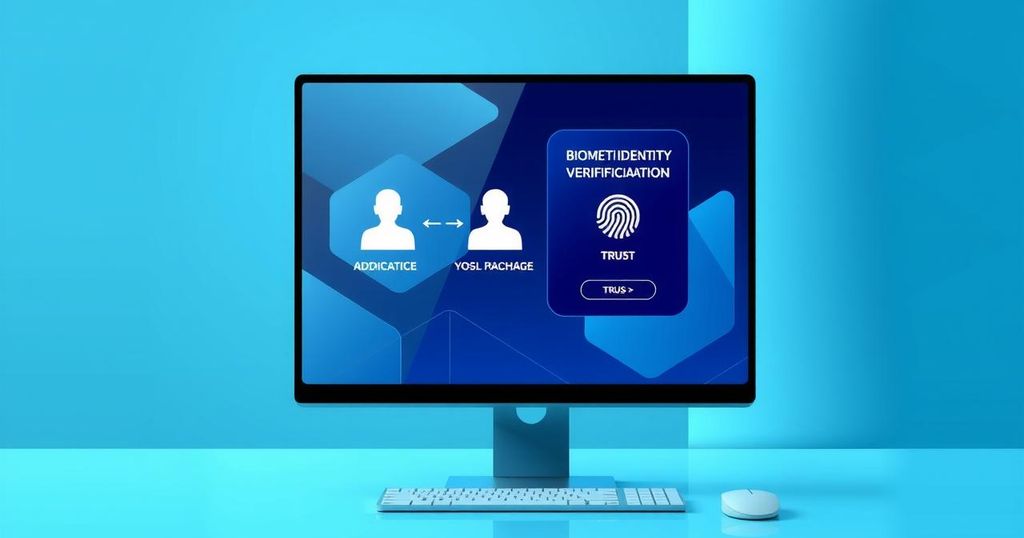In 2024, the FBI celebrates 100 years of fingerprint technology with new innovations being introduced by Blue Biometrics and NEC. Blue Biometrics has released a new version of LEA Blue software for contactless fingerprint scanning, while NEC’s Integrated Biometric Workstation features updated algorithms to enhance investigative efficiency. Law enforcement in Brazil also adopts biometric scanners, and the FBI underscores the importance of these advancements in saving lives and modernizing identification methods.
As the FBI marks the centenary of fingerprinting technology in 2024, advancements in biometric applications are being highlighted by leaders in the industry. Kenneth King, CEO of Blue Biometrics, announced on LinkedIn a significant update to their LEA Blue software, which transforms standard smartphone cameras into efficient, law enforcement-grade, contactless fingerprint scanners. The new LEA Blue offers rapid and reliable capture of ten fingerprints while prioritizing user experience and high image quality. King expressed an eagerness to incorporate feedback from police, border control, and government entities as they refine the app and pursue further innovations in biometrics for national security purposes. Meanwhile, NEC has significantly upgraded its Integrated Biometric Workstation (IBW) with advanced algorithms and features, emphasizing user experience through their new web application, EverBlu. This update aims to enhance investigative efficiency and effectiveness for law enforcement agencies. Eugene Le Roux, Senior Vice President of Digital Government Identity at NEC America, stated, “We re-designed IBW by placing the user experience first which allows a way to get through case work more efficiently and with greater results.” In Brazil, a rise in the deployment of fingerprint scanners has been observed as law enforcement agencies have embraced HID’s biometric tenprint scanner at 500 police stations in São Paulo, facilitating identity verification and criminal processing. Reflecting on these advancements, FBI Director Christopher Wray commented on the agency’s success in processing one billion electronic fingerprint transactions. He noted the expansion of biometric modalities within the FBI’s capabilities, highlighting the introduction of the Next Generation Identification (NGI) iris service. Wray underscored the importance of innovation in law enforcement, stating, “You want to talk about the textbook illustration of innovation, that’s law enforcement. The FBI’s leadership in biometrics is saving lives in innovative ways.”
The article discusses recent advancements in fingerprinting technology and biometrics in law enforcement, coinciding with the FBI’s centennial of utilizing fingerprinting for identification. The focus is on the innovations introduced by Blue Biometrics and NEC, two notable companies in the biometric sector, highlighting how technology is transforming identity verification processes for law enforcement agencies across the globe, particularly in response to growing security needs. Understanding these advancements is crucial as they represent significant progress in criminal identification and public safety efforts.
The ongoing developments in fingerprint and biometric technologies are crucial to enhancing law enforcement capabilities. Innovations from companies like Blue Biometrics and NEC demonstrate significant strides in creating user-friendly, efficient solutions that aid in identity verification and criminal processing. As the FBI continues to lead in this space, the integration of new biometric modalities promises to further improve the safety and security of communities.
Original Source: www.biometricupdate.com




